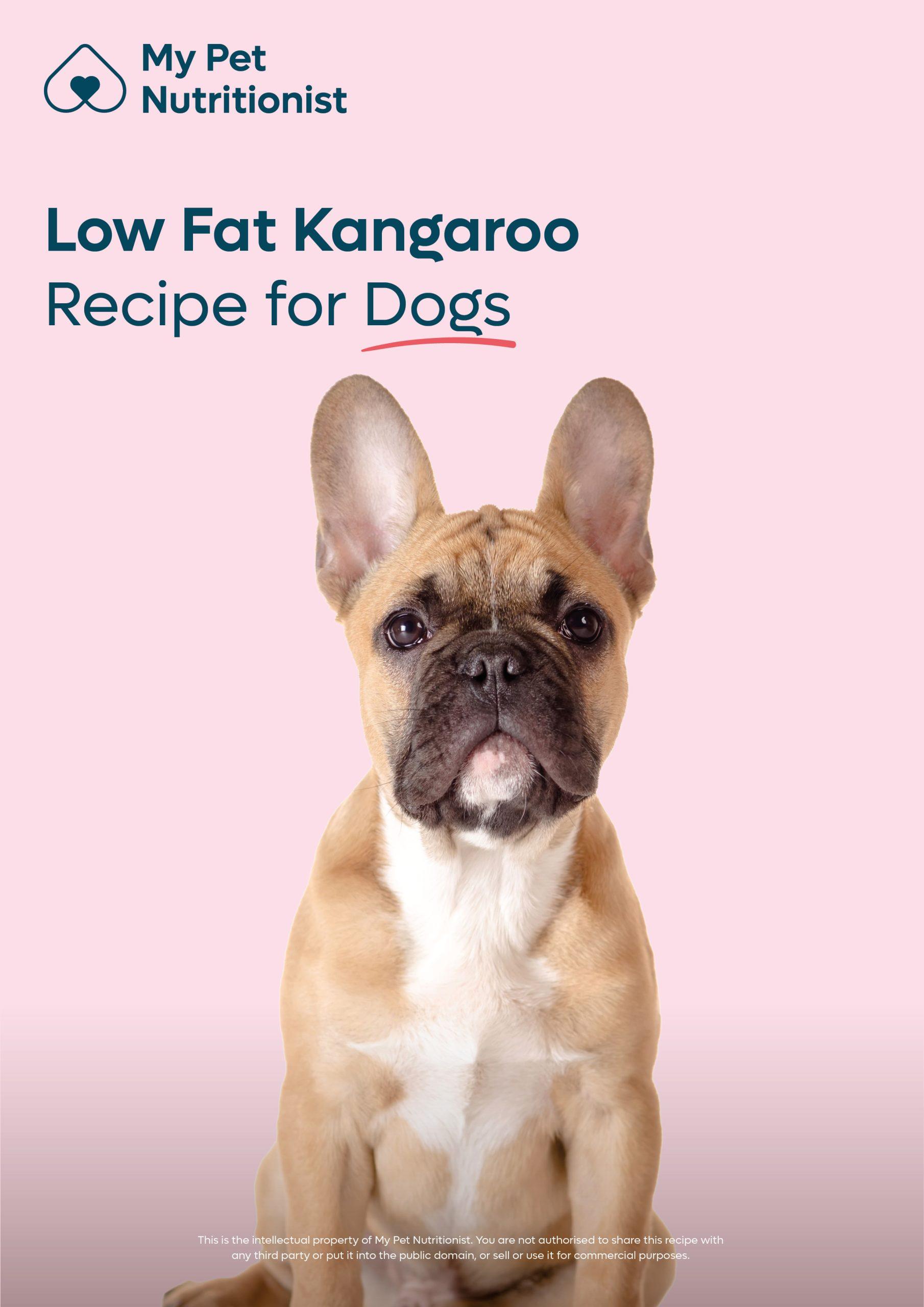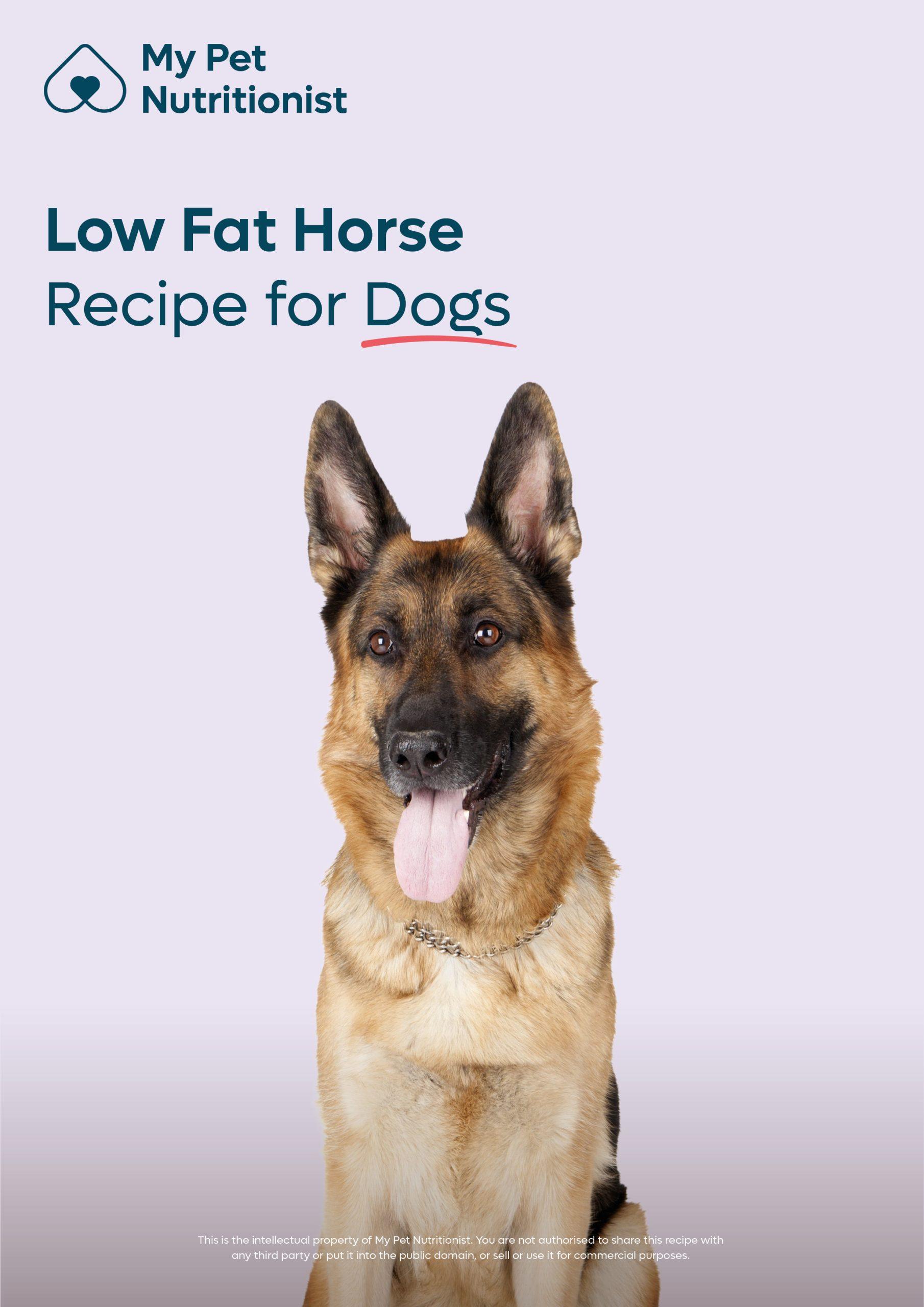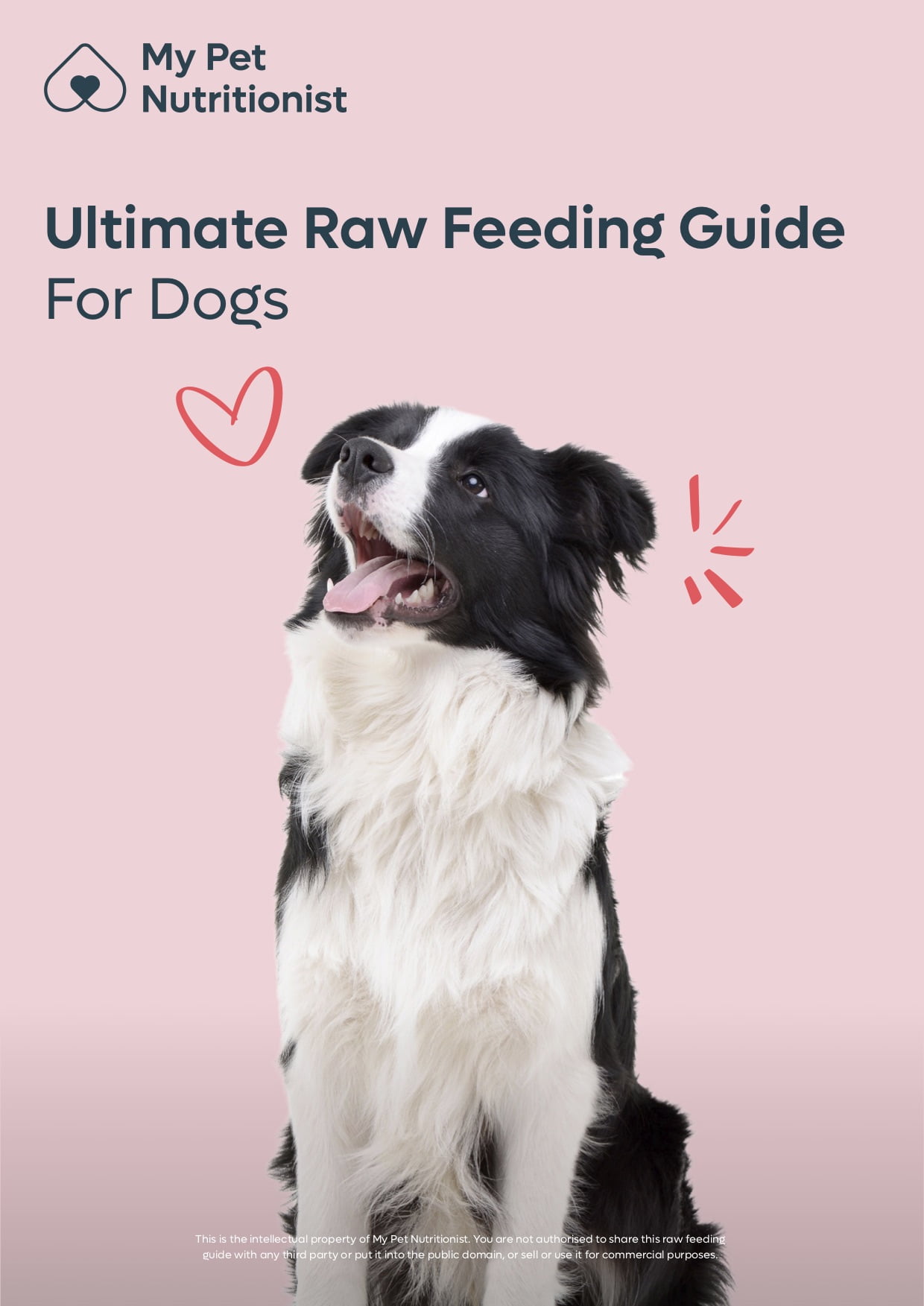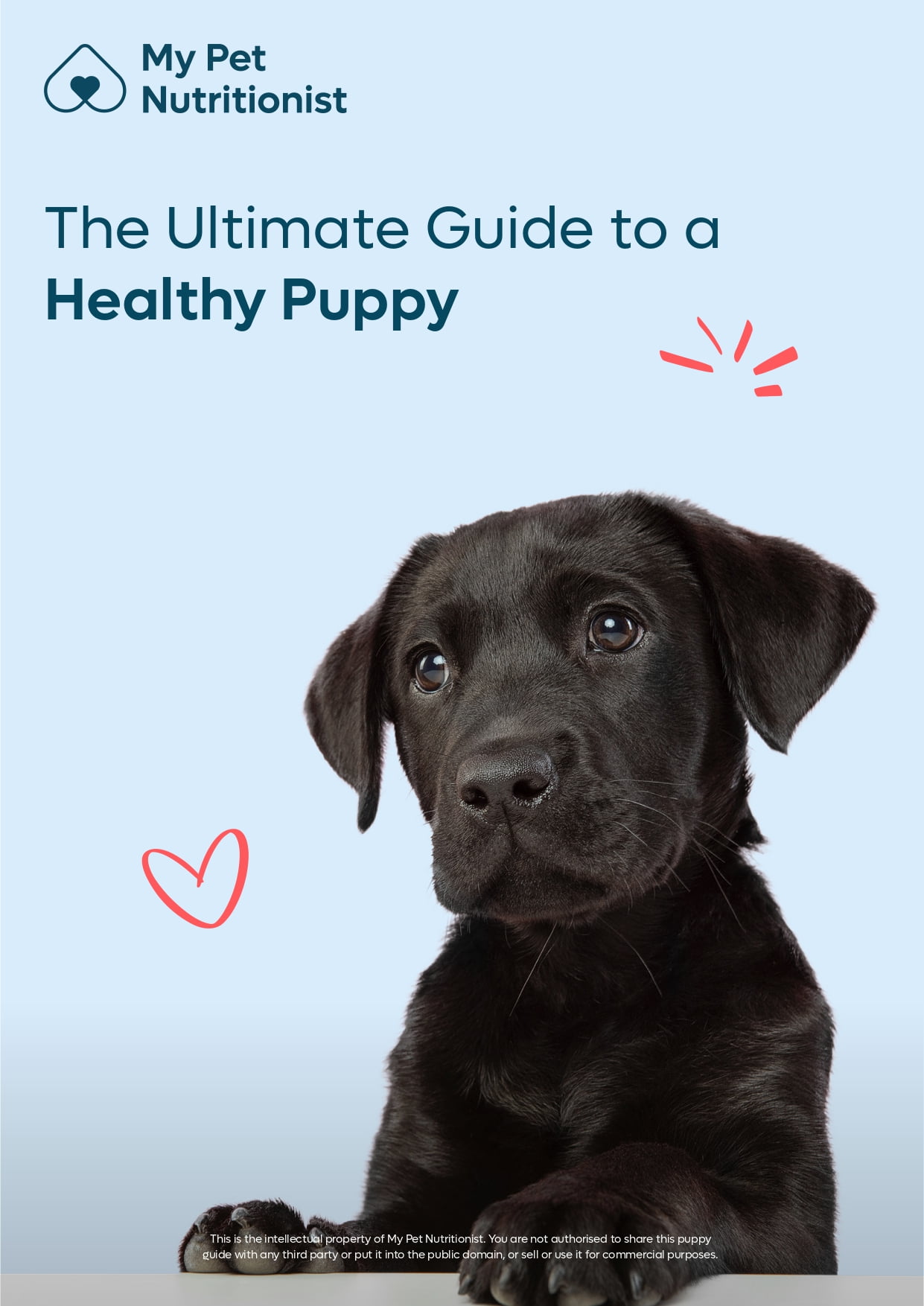-
£29.99£29.99£119.00£19.99£6.99
Cart
8
Cart
8


 Read Now
Read Now
 Read Now
Read Now
 Read Now
Read Now
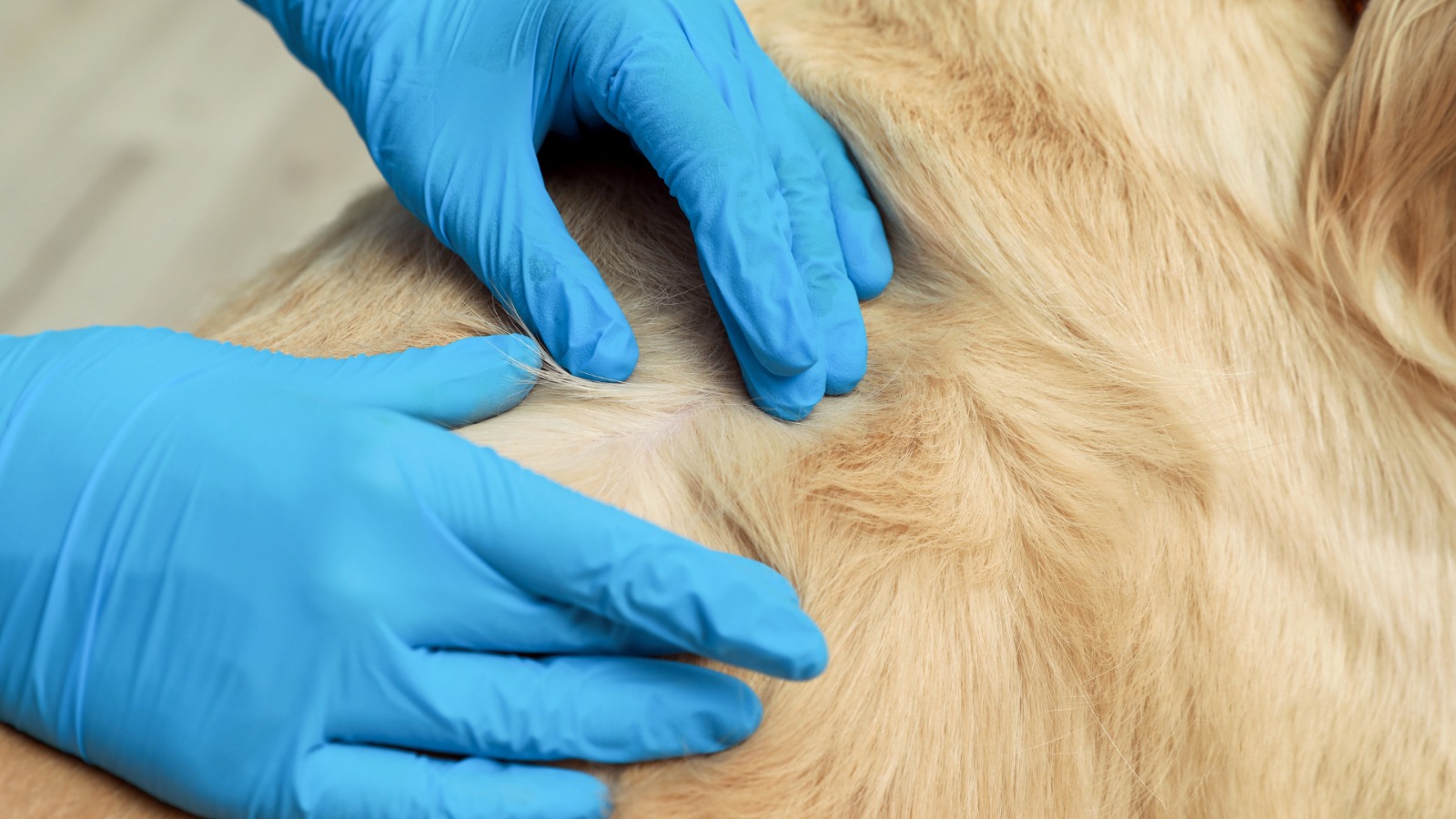 Read Now
Read Now
 Read Now
Read Now
 Read Now
Read Now
 Read Now
Read Now
 Read Now
Read Now
 Read Now
Read Now
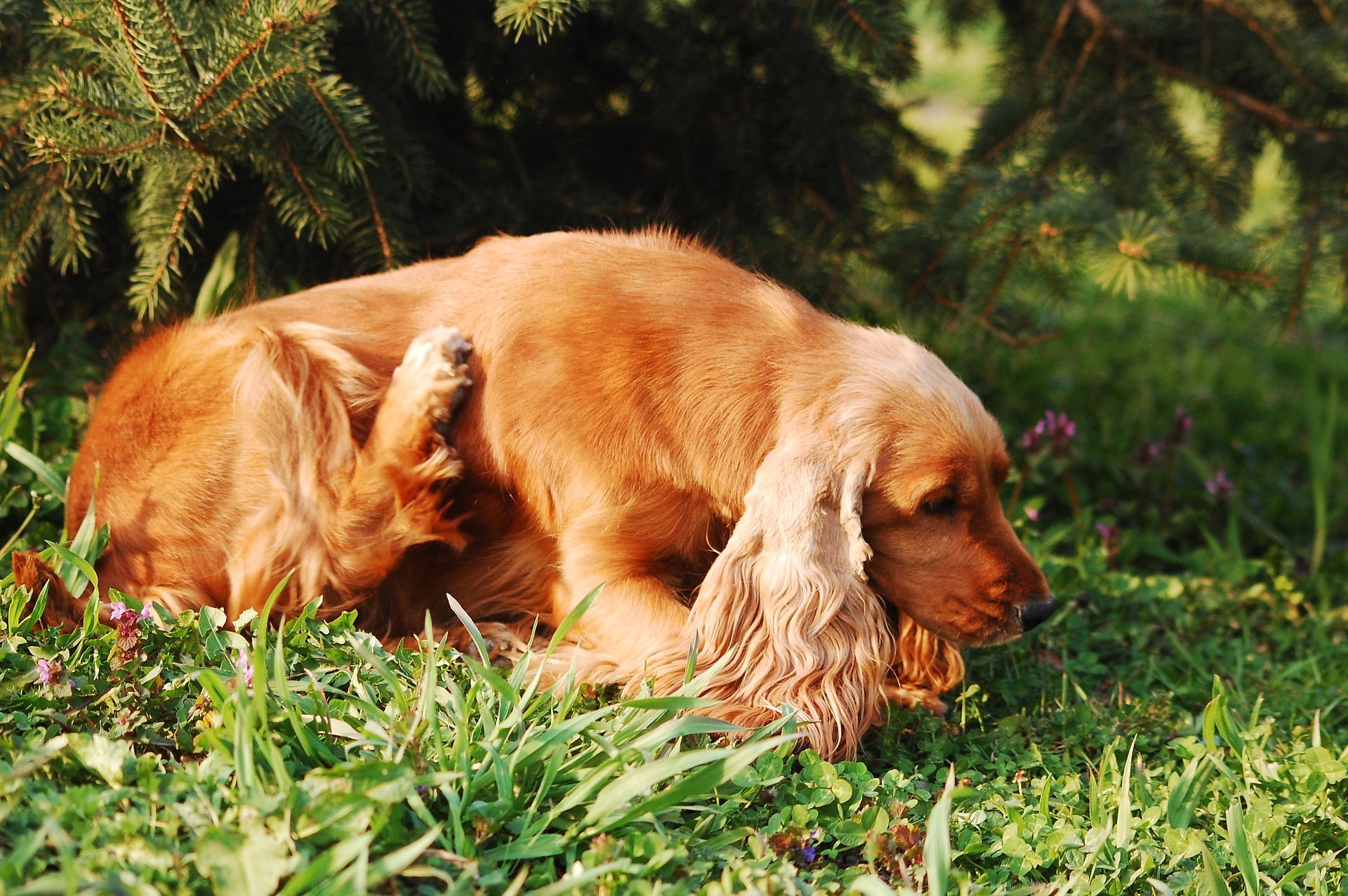 Read Now
Read Now
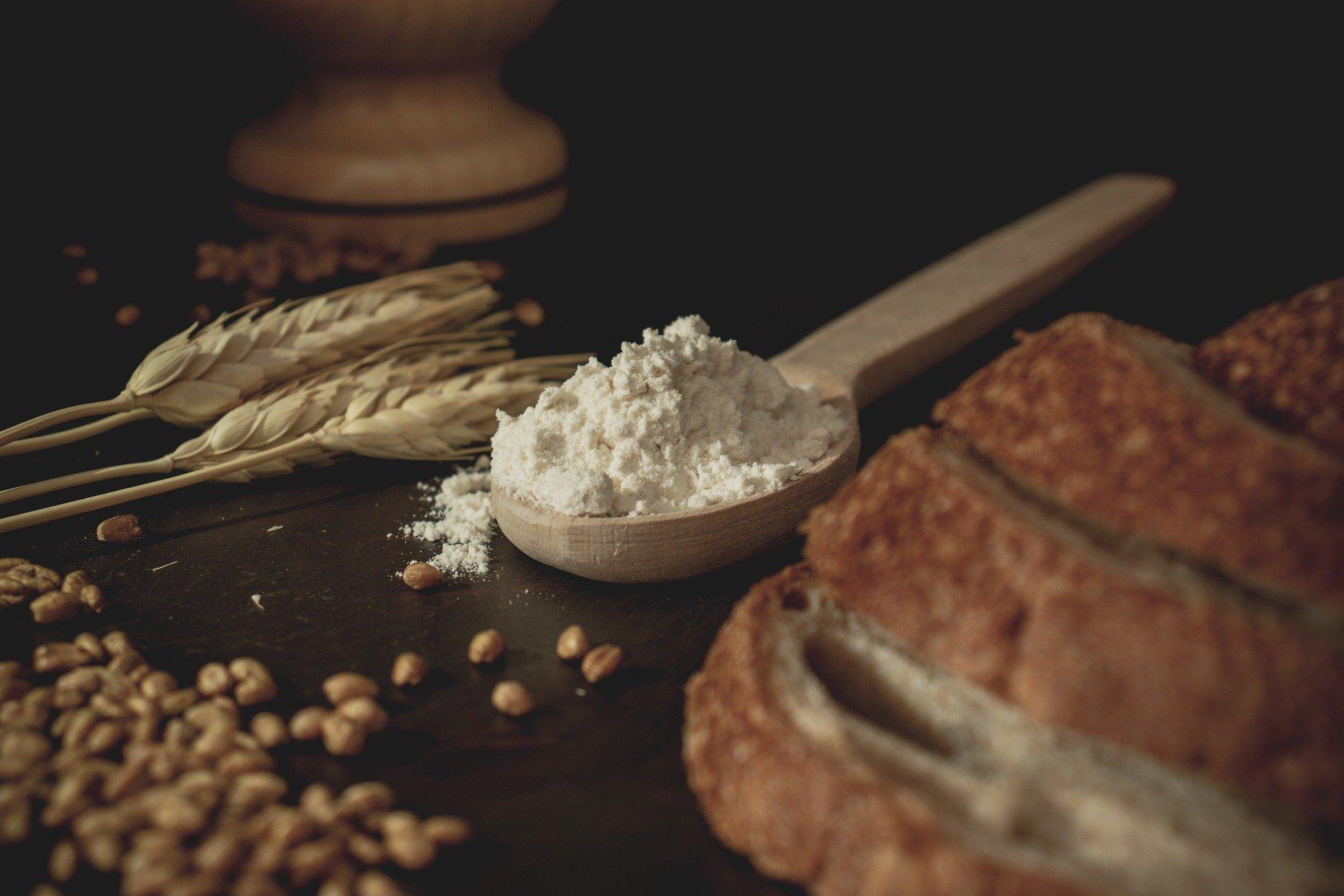 Read Now
Read Now
 Read Now
Read Now
 Read Now
Read Now
 Read Now
Read Now
 Read Now
Read Now
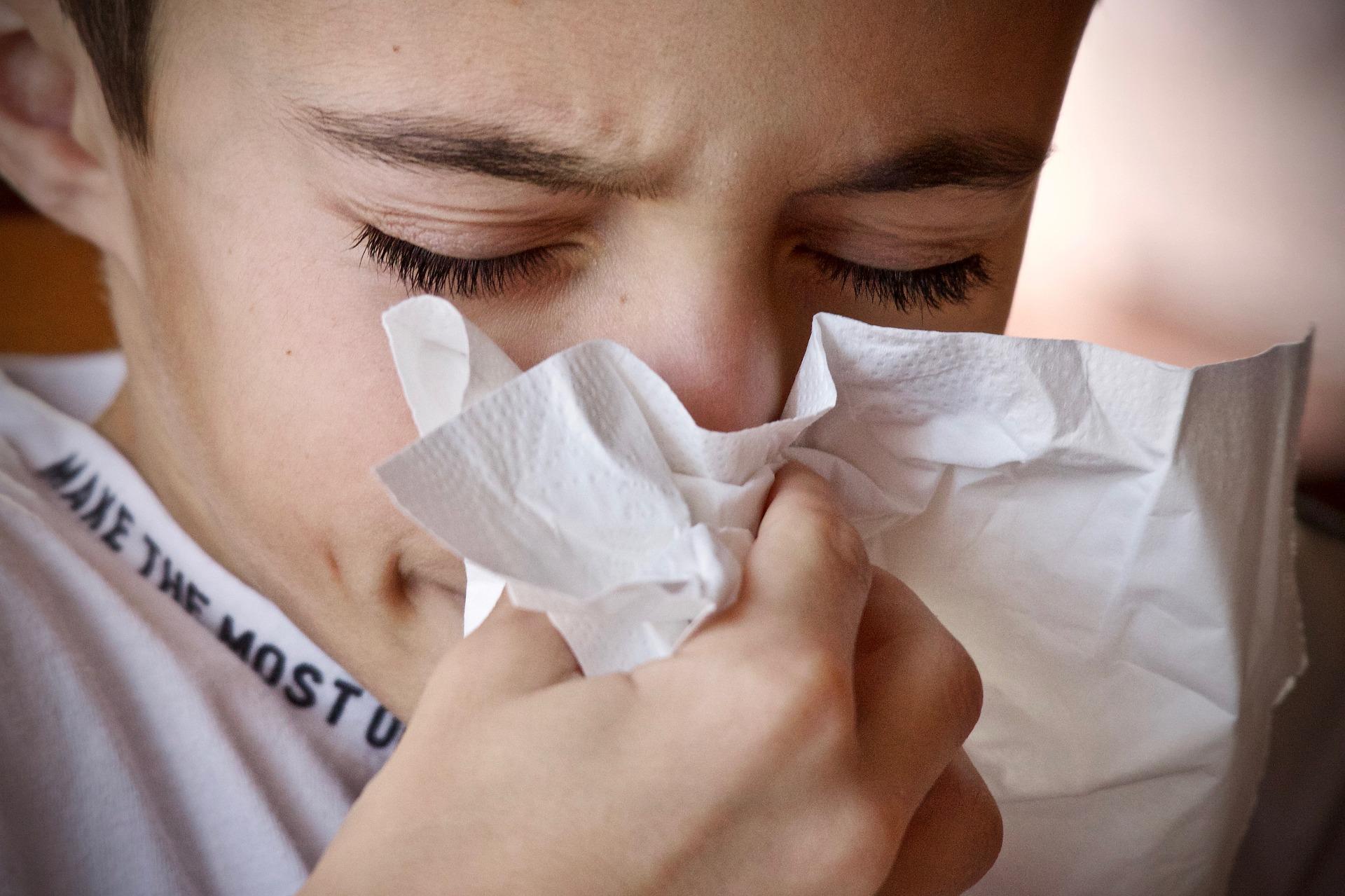 Read Now
Read Now
 Read Now
Read Now
 Read Now
Read Now
 Read Now
Read Now
 Read Now
Read Now
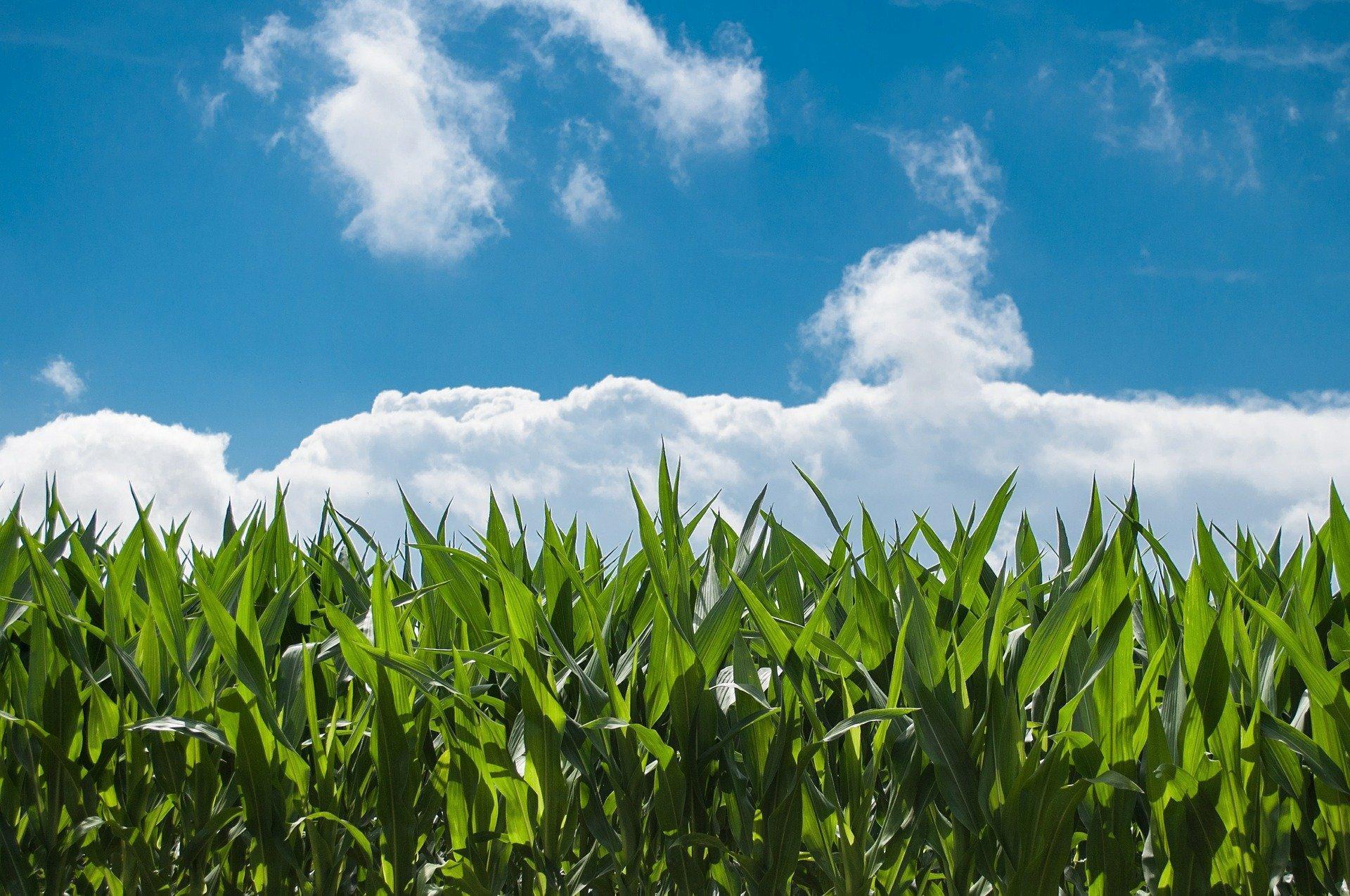 Read Now
Read Now
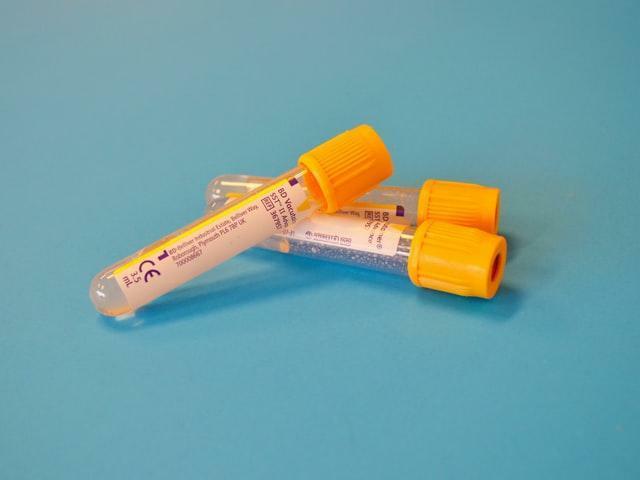 Read Now
Read Now
 Read Now
Read Now
 Read Now
Read Now
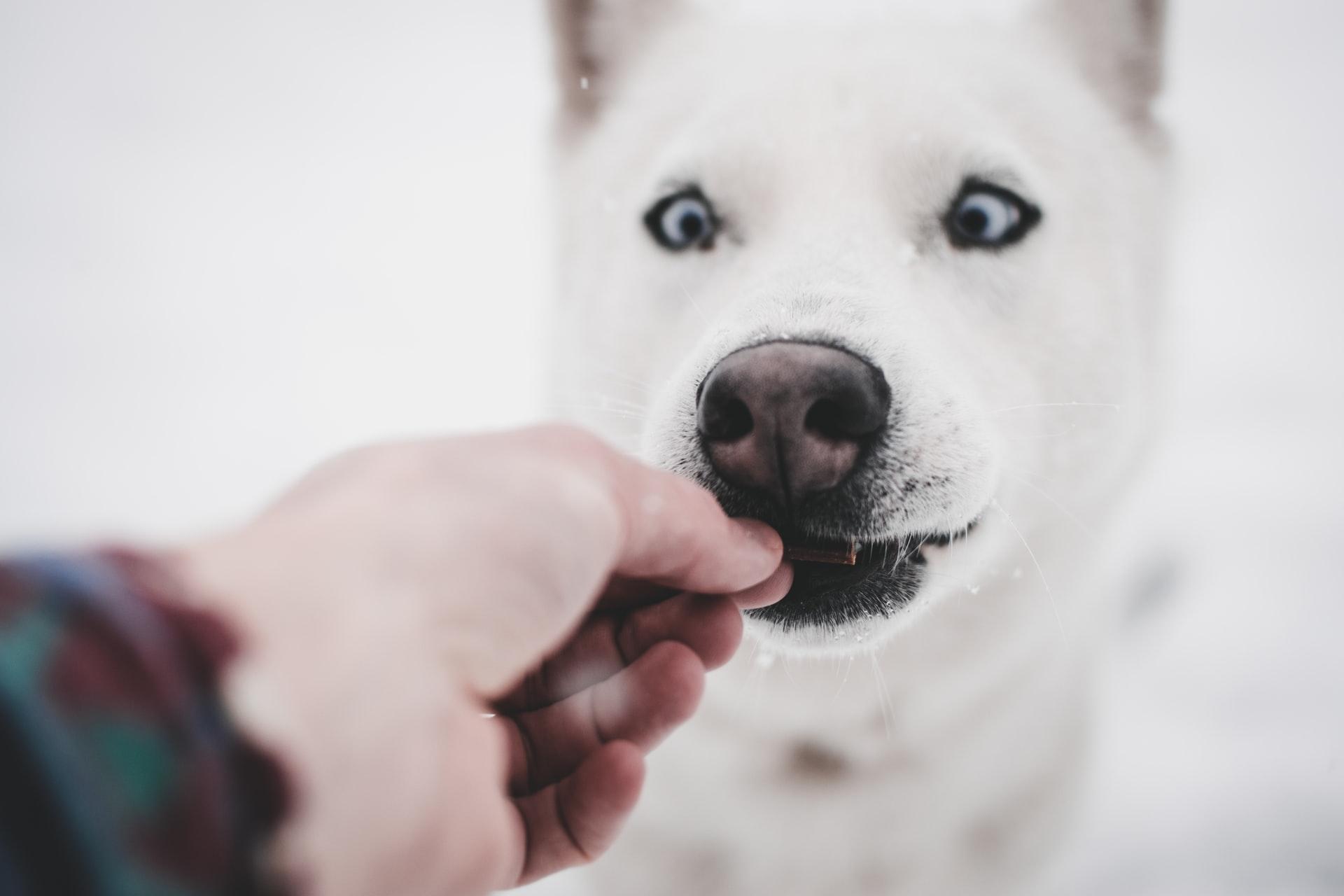 Read Now
Read Now
 Read Now
Read Now
 Read Now
Read Now
 Read Now
Read Now
 Read Now
Read Now
 Read Now
Read Now
 Read Now
Read Now
 Read Now
Read Now
 Read Now
Read Now
 Read Now
Read Now
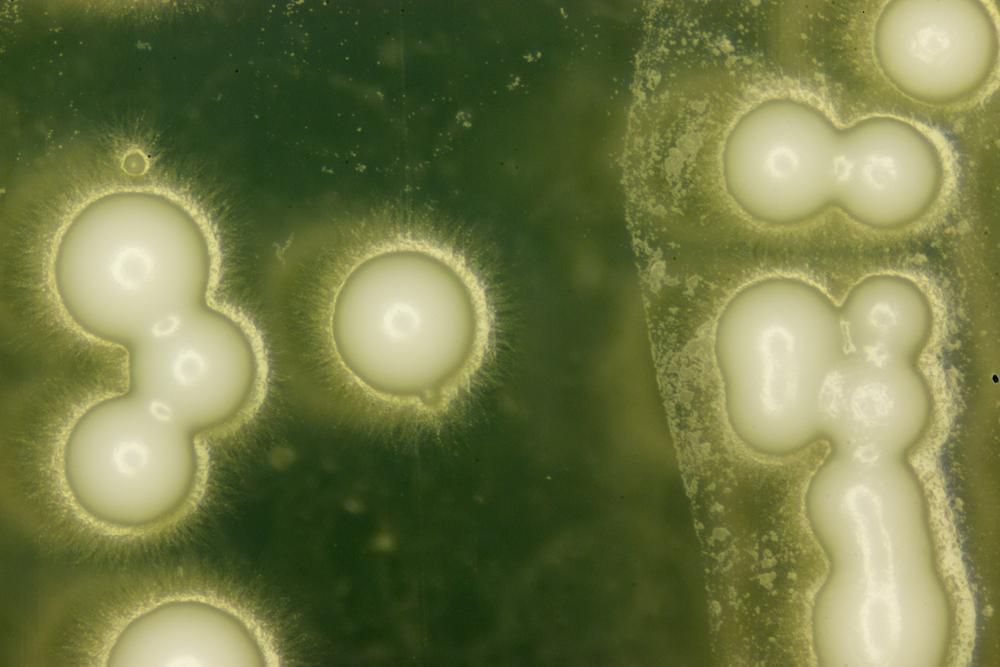 Read Now
Read Now
 Read Now
Read Now
 Read Now
Read Now
 Read Now
Read Now
 Read Now
Read Now
 Read Now
Read Now
 Read Now
Read Now
 Read Now
Read Now
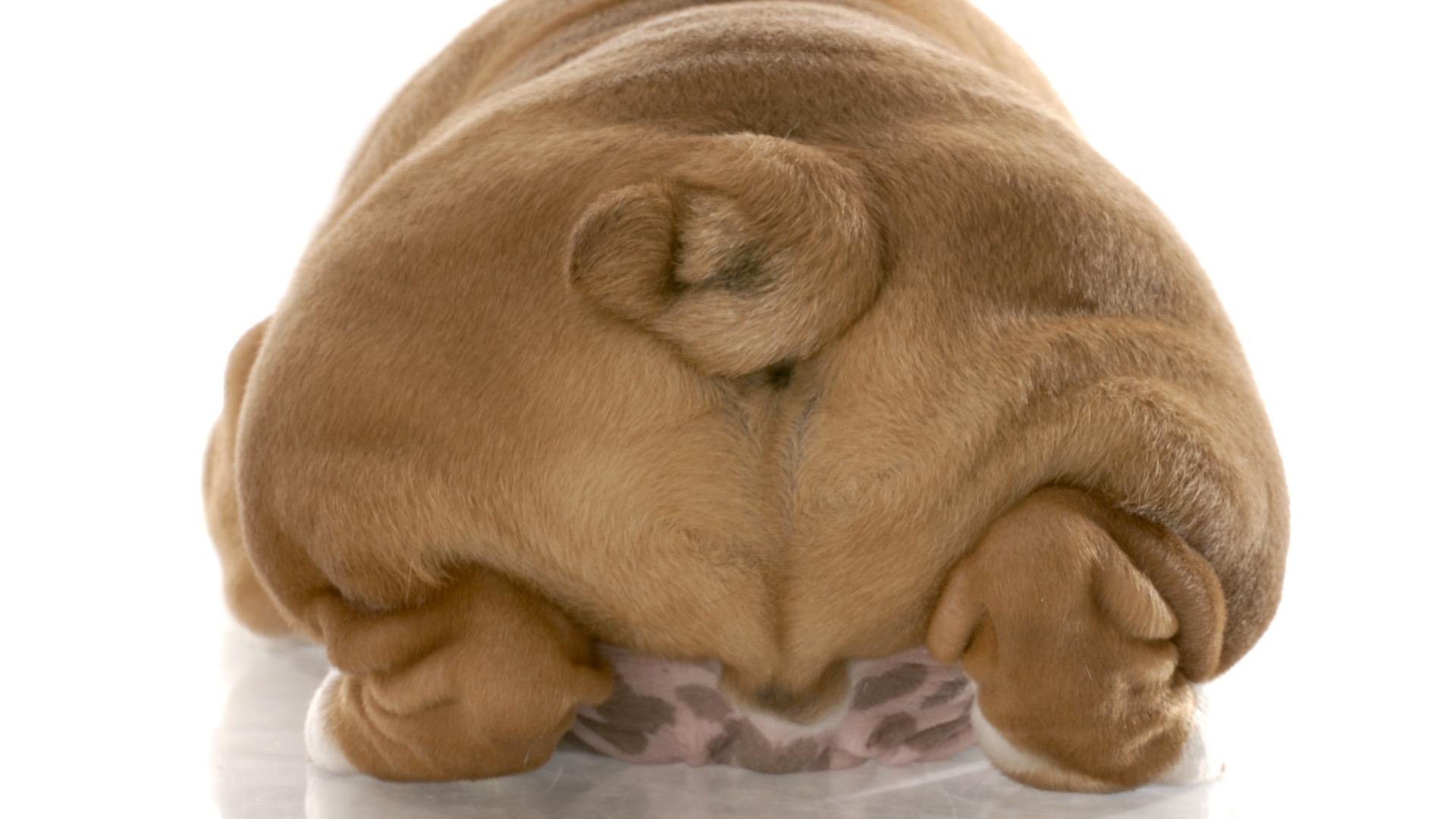 Read Now
Read Now
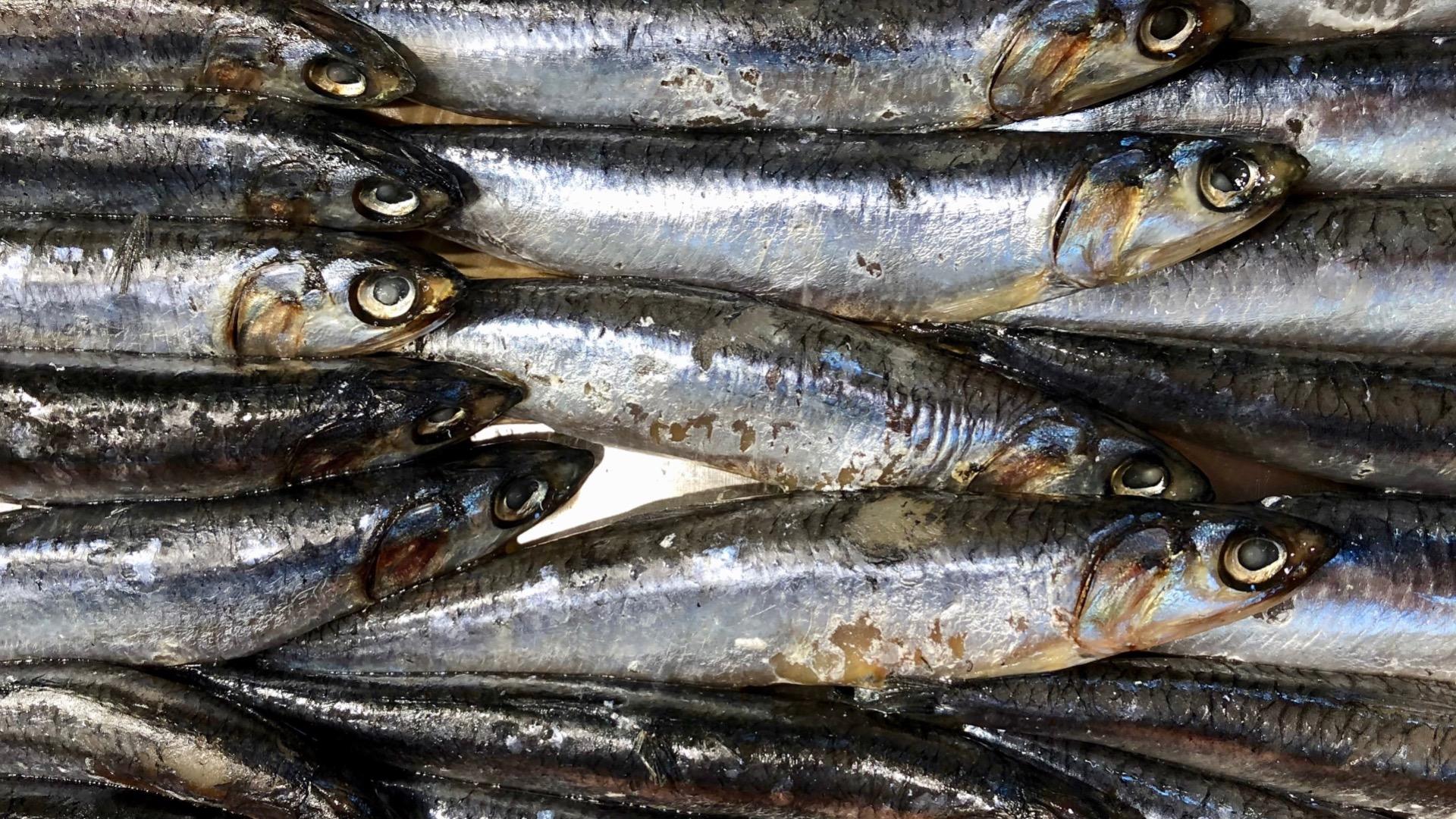 Read Now
Read Now
 Read Now
Read Now
 Read Now
Read Now
 Read Now
Read Now
 Read Now
Read Now
 Read Now
Read Now
-
£29.99£29.99£119.00£19.99£6.99

Is Your Dog A Yeasty Beast?
- December 9, 2020
- 8 min read
Another particularly common issue we see here at My Pet Nutritionist is yeast! More technically known as candida, it is actually harmless when kept in check. The issue is when our dog’s system goes a little awry and can’t keep those little blighters from colonising.
Whilst it sounds like a military operation, the dog’s system functions very much like that. Let’s take a look at yeast in a little more detail and how we can armour dog’s defences for a fighting chance!
What is Yeast?
Candida is an opportunistic fungal pathogen. It is a normal part of the gastrointestinal flora and genital tracts. Healthy systems are more than capable of keeping it in check with their beneficial bacteria. The issue arises when there aren’t enough good guys to keep the bad guys in check.
The good bugs we find in our dog’s gastrointestinal tract will compete with the bad bugs for food sources and attachment sites.
As we know there are a number of factors that can skew the microbial community found in our dog’s system.
Antibiotics
Broad spectrum antibiotics target all bugs,so whilst they get rid of the ones running amok, they also wipe out the beneficial ones too. Whilst the microbiome can recover to some extent, eventually; this takes time and there’s evidence which suggests key species are never fully repopulated.
Findings here
Stress
There are clear links that stress, whether physical or emotional, affects the composition of the gut. On many occasions, stressor infliction significantly reduces the good guys. This has been associated with increased inflammation in the gut, which then continues the cycle.
Findings here
The Environment
There is a huge amount of data which shows exposure to environmental pollutants significantly alters the gut microbiome. This includes bisphenols, phthalates, organic pollutants, heavy metals and pesticides.
Bisphenol is an industrial chemical used to make hard, clear plastic. It is also found in epoxy resins which is often used as a protective later in some metal food and beverage cans/tins. Bisphenol has been linked to reduced microbiome diversity, and a significant decrease in protective bacteria.
Phthalates are plasticisers and stabilisers found in vinyl flooring, clothing, detergents, personal care products, toys, medical equipment, and plastic packaging. Because they are non covalently bound to materials, they can leach into the environment. Phthalate exposure induces microbiota changes and has been known to inhibit the synthesis of certain short-chain-fatty acids.
Heavy metals are associated with reduced microbiota diversity along with the altered metabolism of vitamin E and bile acid.
Findings here
Pesticides are renowned for altering the gut microbiome. This not only includes the pesticides administered to pets (flea and tick treatments), but also those found in the environment, particularly those sprayed on public footpaths. What is also worth considering is that antibiotic use has been seen to increase bioavailability of pesticides within the body.
Findings here
You are what eat!
Of course, nutrition also plays a part in modulating the gut microbiome. But we always knew that.
We are all pretty selfish in evolutionary terms, and this includes the bugs we find throughout our body. Our ultimate aim, and theirs, is to survive. So, we just need to modify how many of them actually do. This means keeping the colonies of good bacteria strong, so offering our dogs a diet full of pre and probiotic foods! Prebiotics are like the fertilisers in the garden, they help to feed and grow the beneficial bacteria in our garden. Probiotics however contain live organisms which can contribute to the population of the garden.
Findings here
There are a number of prebiotic foods suitable for dogs and they include mushrooms, chicory root, garlic and dandelion greens. Probiotics include fermented food, but supplements are available; soil-based are a good call for your canine friend (hold off on the fermented food until later, if your dog has already developed an overgrowth).
Yeasts seem to like sugar as fuel, so diets high in grains, starches and other carbohydrates seem to contribute to an overgrowth. Generally, certain beneficial bacteria will metabolise these sugars, keeping candida in check by disrupting its food supply, but in the absence of good bacteria, candida is partying it down at the all-you-can-eat buffet!
Immunity
A weakened immune system is also a huge risk factor for developing a candida overgrowth. Whether this has been a natural progression over a period of time for a range of factors, or even due to medications like steroids.
Immune function has natural peaks and troughs, young dogs and ageing dogs naturally have a lower function, but pre-existing conditions along with a range of medications can affect it too.
The immune system is like a nosey neighbour. It keeps tabs on everything going on in the body and knows when something isn’t quite right. When it identifies something as non-self, it sends the army to fight the foreign invader and, all being well, wins, before sitting back down with its cup of tea. The issue arises when it can’t get up from its chair and so the foreign bodies are left to invade.
There are a number of factors which can compromise immune function from sleep, to stress and nutritional status; there are several key nutrients essential to its performance. So, supporting this is essential in the prevention and treatment of any bacterial overgrowth.
Top Tips:
Findings here on Zinc
What if your dog has already got an overgrowth?
If indeed your dog has developed a candida overgrowth, you will notice symptoms like:
Firstly, as we have mentioned, glucose concentration is directly related to candida growth, so removal of those high starch foods is key (no dry food for you). This is why we always advocate an unprocessed, fresh food diet.
Pin pointing food intolerances and working on gut lining and integrity will ensure a healthy produced mucin that supports response to food antigens. if you dog is reacting to foods, this will create more inflammation that will disturb the bacterial balance, gut function and fuel candida overgrowth.
There is also an interesting school of thought that yeast has an affinity for heavy metals, which is great; heavy metals have been removed from contaminated soil with the use of yeast! But because of this affinity, yeast can grow,well, so if there is a high level of heavy metal contamination in the dog,yeast will thrive. Heavy metals as we know kill off the beneficial bacteria, so there aren’t even any good guys to help us out!
Findings here
Avoid contamination where possible; particularly if you feed fish and try to source organic food; pesticides and herbicides sadly have a high contamination rate. Opt for filtered water if possible, too!
Findings here
Whilst an off-kilter microbiome can fuel candida overgrowth, it pays to be careful in how you repopulate it. In the presence of an overgrowth, it is easy to consider that repopulating the good guys will help fight the bad guys. The issue with fermented foods which are full of great guys, is that fermentation occurs when carbohydrates are broken down by bacteria, yeasts or other microorganisms. So, there is a chance that the prebiotics found in the fermented foods can feed the yeast in the dog too, so beware!
Working with antimicrobial/antifungal functional ingredients such as garlic (yes it is safe if given correctly and if the sulphur component is tolerated), oregano, barberry, thyme, pau d’arco, and rosemary (caution taken in epilepsy), can be incredibly helpful is managing a fungal overgrowth.
Often, anti-fungal shampoos are prescribed to manage yeast overgrowth on the skin; this raises another point. As we know, the skin also has a community of microbes; not only does the anti-fungal wipe out the bad guys, but it takes the good guys too. Then, once the dog is bathed, they are often encouraged to sit by the radiator to dry off (sometimes even in a drying robe). Microbes all have their perfect environment; warm and moist ones can populate many(including the bad guys). Even if you’re not treating with a shampoo, this is worth considering for those water-loving dogs who can’t seem to shake recurring infections.
Summary
Yeast can be a complex issue to manage. It is actually harmless when kept in balance, but issues occur when the gut or skin gets into a state of dysbiosis (overwhelming bad bacteria). A weakened immune system doesn’t help, along with the use of many medications like antibiotics, flea and tick treatments, steroids and NSAIDs. Prevention should consider supporting a healthy immune system and microbiome, but treatment and management can be a touch trickier.
We would always advocate:
Thanks for reading!
MPN Team x
Whilst it sounds like a military operation, the dog’s system functions very much like that. Let’s take a look at yeast in a little more detail and how we can armour dog’s defences for a fighting chance!
What is Yeast?
Candida is an opportunistic fungal pathogen. It is a normal part of the gastrointestinal flora and genital tracts. Healthy systems are more than capable of keeping it in check with their beneficial bacteria. The issue arises when there aren’t enough good guys to keep the bad guys in check.The good bugs we find in our dog’s gastrointestinal tract will compete with the bad bugs for food sources and attachment sites.
As we know there are a number of factors that can skew the microbial community found in our dog’s system.
Antibiotics
Broad spectrum antibiotics target all bugs,so whilst they get rid of the ones running amok, they also wipe out the beneficial ones too. Whilst the microbiome can recover to some extent, eventually; this takes time and there’s evidence which suggests key species are never fully repopulated.Findings here
Stress
There are clear links that stress, whether physical or emotional, affects the composition of the gut. On many occasions, stressor infliction significantly reduces the good guys. This has been associated with increased inflammation in the gut, which then continues the cycle.Findings here
The Environment
There is a huge amount of data which shows exposure to environmental pollutants significantly alters the gut microbiome. This includes bisphenols, phthalates, organic pollutants, heavy metals and pesticides.Bisphenol is an industrial chemical used to make hard, clear plastic. It is also found in epoxy resins which is often used as a protective later in some metal food and beverage cans/tins. Bisphenol has been linked to reduced microbiome diversity, and a significant decrease in protective bacteria.
Phthalates are plasticisers and stabilisers found in vinyl flooring, clothing, detergents, personal care products, toys, medical equipment, and plastic packaging. Because they are non covalently bound to materials, they can leach into the environment. Phthalate exposure induces microbiota changes and has been known to inhibit the synthesis of certain short-chain-fatty acids.
Heavy metals are associated with reduced microbiota diversity along with the altered metabolism of vitamin E and bile acid.
Findings here
Pesticides are renowned for altering the gut microbiome. This not only includes the pesticides administered to pets (flea and tick treatments), but also those found in the environment, particularly those sprayed on public footpaths. What is also worth considering is that antibiotic use has been seen to increase bioavailability of pesticides within the body.
Findings here
You are what eat!
Of course, nutrition also plays a part in modulating the gut microbiome. But we always knew that.We are all pretty selfish in evolutionary terms, and this includes the bugs we find throughout our body. Our ultimate aim, and theirs, is to survive. So, we just need to modify how many of them actually do. This means keeping the colonies of good bacteria strong, so offering our dogs a diet full of pre and probiotic foods! Prebiotics are like the fertilisers in the garden, they help to feed and grow the beneficial bacteria in our garden. Probiotics however contain live organisms which can contribute to the population of the garden.
Findings here
There are a number of prebiotic foods suitable for dogs and they include mushrooms, chicory root, garlic and dandelion greens. Probiotics include fermented food, but supplements are available; soil-based are a good call for your canine friend (hold off on the fermented food until later, if your dog has already developed an overgrowth).
Yeasts seem to like sugar as fuel, so diets high in grains, starches and other carbohydrates seem to contribute to an overgrowth. Generally, certain beneficial bacteria will metabolise these sugars, keeping candida in check by disrupting its food supply, but in the absence of good bacteria, candida is partying it down at the all-you-can-eat buffet!
Immunity
A weakened immune system is also a huge risk factor for developing a candida overgrowth. Whether this has been a natural progression over a period of time for a range of factors, or even due to medications like steroids.Immune function has natural peaks and troughs, young dogs and ageing dogs naturally have a lower function, but pre-existing conditions along with a range of medications can affect it too.
The immune system is like a nosey neighbour. It keeps tabs on everything going on in the body and knows when something isn’t quite right. When it identifies something as non-self, it sends the army to fight the foreign invader and, all being well, wins, before sitting back down with its cup of tea. The issue arises when it can’t get up from its chair and so the foreign bodies are left to invade.
There are a number of factors which can compromise immune function from sleep, to stress and nutritional status; there are several key nutrients essential to its performance. So, supporting this is essential in the prevention and treatment of any bacterial overgrowth.
Top Tips:
- Adequate rest
- Reduced exposure to stress
- Nutrient dense diet withVitamins A, C, D and B’s, along with Zinc, Selenium, and Iron
- Address any pre-existing issues like inflammation in the digestive system or poor pancreas function which can contribute to poor nutritional status Findings here
- Careful use of medications like antibiotics, NSAIDs and steroids
Findings here on Zinc
What if your dog has already got an overgrowth?
If indeed your dog has developed a candida overgrowth, you will notice symptoms like:- Ear infections
- Greasy coat
- Sores
- Odour (yes, that cheesy type of smell)
- Green/yellow discharge
- Crusty/flaky skin
- Hair loss
- Itching/scratching
- Incessant licking/grooming of an area due to irritation
- Rust like colour around the genitals or toes
- Gut issues
- Seasonal allergies
Firstly, as we have mentioned, glucose concentration is directly related to candida growth, so removal of those high starch foods is key (no dry food for you). This is why we always advocate an unprocessed, fresh food diet.
Pin pointing food intolerances and working on gut lining and integrity will ensure a healthy produced mucin that supports response to food antigens. if you dog is reacting to foods, this will create more inflammation that will disturb the bacterial balance, gut function and fuel candida overgrowth.
There is also an interesting school of thought that yeast has an affinity for heavy metals, which is great; heavy metals have been removed from contaminated soil with the use of yeast! But because of this affinity, yeast can grow,well, so if there is a high level of heavy metal contamination in the dog,yeast will thrive. Heavy metals as we know kill off the beneficial bacteria, so there aren’t even any good guys to help us out!
Findings here
Avoid contamination where possible; particularly if you feed fish and try to source organic food; pesticides and herbicides sadly have a high contamination rate. Opt for filtered water if possible, too!
Findings here
Whilst an off-kilter microbiome can fuel candida overgrowth, it pays to be careful in how you repopulate it. In the presence of an overgrowth, it is easy to consider that repopulating the good guys will help fight the bad guys. The issue with fermented foods which are full of great guys, is that fermentation occurs when carbohydrates are broken down by bacteria, yeasts or other microorganisms. So, there is a chance that the prebiotics found in the fermented foods can feed the yeast in the dog too, so beware!
Working with antimicrobial/antifungal functional ingredients such as garlic (yes it is safe if given correctly and if the sulphur component is tolerated), oregano, barberry, thyme, pau d’arco, and rosemary (caution taken in epilepsy), can be incredibly helpful is managing a fungal overgrowth.
Often, anti-fungal shampoos are prescribed to manage yeast overgrowth on the skin; this raises another point. As we know, the skin also has a community of microbes; not only does the anti-fungal wipe out the bad guys, but it takes the good guys too. Then, once the dog is bathed, they are often encouraged to sit by the radiator to dry off (sometimes even in a drying robe). Microbes all have their perfect environment; warm and moist ones can populate many(including the bad guys). Even if you’re not treating with a shampoo, this is worth considering for those water-loving dogs who can’t seem to shake recurring infections.
Summary
Yeast can be a complex issue to manage. It is actually harmless when kept in balance, but issues occur when the gut or skin gets into a state of dysbiosis (overwhelming bad bacteria). A weakened immune system doesn’t help, along with the use of many medications like antibiotics, flea and tick treatments, steroids and NSAIDs. Prevention should consider supporting a healthy immune system and microbiome, but treatment and management can be a touch trickier.We would always advocate:
- Feeding a fresh, unprocessed diet – avoiding high sugar foods and sometimes avoiding any veg at all for the time being
- Offer filtered water
- Avoid contamination (if you feed fish, and buy organic if possible)
- Use prebiotic and probiotic foods to support gut health (when appropriate)
- Heal the gut lining and look into natural anti-fungal agents if there are stubborn overgrowths
- Maintain optimal skin health
Thanks for reading!
MPN Team x
Customer Reviews
Explore related products
Related articles

AllergiesDietary NeedsDisease ManagementGut HealthDigestionDogsItching & Allergies
Should I Feed my Itchy Dog a Cool Protein?
Jan 18 2024
•
4 mins 40 secs

AllergiesDietary NeedsDisease ManagementGut HealthDigestionDogsItching & Allergies
How to Help My Yeasty Dog
Oct 26 2023
•
10 mins 30 secs

AllergiesDietary NeedsDisease ManagementGut HealthDigestionDogsItching & Allergies
Can Food Sensitivities Cause a Pancreatic Flare?
Oct 20 2023
•
5 mins 40 secs

AllergiesDietary NeedsDisease ManagementGut HealthDigestionDogsItching & Allergies
The Low Down on Keratosis
Oct 05 2023
•
4 mins 45 secs

AllergiesDietary NeedsDisease ManagementGut HealthDigestionDogsItching & Allergies
7 Reasons Why My Dog is Biting his Paws
Sep 06 2023
•
7 mins 40 secs

AllergiesDietary NeedsDisease ManagementGut HealthDigestionDogsItching & Allergies
Haematoma in Dogs
Jan 25 2023
•
8 mins

AllergiesDietary NeedsDisease ManagementGut HealthDigestionDogsItching & Allergies
Does My Dog Have an Allergy or an Intolerance?
May 10 2022
•
4 mins 42 secs

AllergiesDietary NeedsDisease ManagementGut HealthDigestionDogsItching & Allergies
5 Tips to Support Your Seasonally Itchy Dog
Apr 26 2022
•
4 mins 50 secs

AllergiesDietary NeedsDisease ManagementGut HealthDigestionDogsItching & Allergies
Why Do Allergies in Dogs Develop?
Apr 21 2022
•
5 mins 36 secs

AllergiesDietary NeedsDisease ManagementGut HealthDigestionDogsItching & Allergies
Why Is My Dog Itchy?
Oct 21 2021
•
5 mins 39 secs

AllergiesDietary NeedsDisease ManagementGut HealthDigestionDogsItching & Allergies
Does My Dog Need a Grain Free Diet?
Oct 15 2021
•
5 mins 46 secs

AllergiesDietary NeedsDisease ManagementGut HealthDigestionDogsItching & Allergies
Why Does My Dog Need Minerals – Part Two
Sep 23 2021
•
12 min read

AllergiesDietary NeedsDisease ManagementGut HealthDigestionDogsItching & Allergies
Why Does My Dog Need Minerals – Part One
Sep 22 2021
•
7 min read

AllergiesDietary NeedsDisease ManagementGut HealthDigestionDogsItching & Allergies
What is The Gut Barrier?
Aug 25 2021
•
5 min read

AllergiesDietary NeedsDisease ManagementGut HealthDigestionDogsItching & Allergies
To Fast Or Not To Fast? That Is The Question
Aug 23 2021
•
5 min read

AllergiesDietary NeedsDisease ManagementGut HealthDigestionDogsItching & Allergies
Dog Allergies – The Hypoallergenic Myth
Aug 11 2021
•
5 min read

AllergiesDietary NeedsDisease ManagementGut HealthDigestionDogsItching & Allergies
Bacterial Overgrowth – More Common Than You Think
Aug 04 2021
•
6 min read

AllergiesDietary NeedsDisease ManagementGut HealthDigestionDogsItching & Allergies
A Brief Guide to Histamine Intolerance for Dogs
Jul 13 2021
•
4 min read

AllergiesDietary NeedsDisease ManagementGut HealthDigestionDogsItching & Allergies
What Can Cause Gut Dysbiosis?
Jun 21 2021
•
7 min read

AllergiesDietary NeedsDisease ManagementGut HealthDigestionDogsItching & Allergies
Why Is My Dog Regurgitating?
Jun 07 2021
•
5 min read

AllergiesDietary NeedsDisease ManagementGut HealthDigestionDogsItching & Allergies
Glyphosate and My Dog
Jun 07 2021
•
5 min read

AllergiesDietary NeedsDisease ManagementGut HealthDigestionDogsItching & Allergies
Does My Dog Need an Allergy Test?
Apr 26 2021
•
7 min read

AllergiesDietary NeedsDisease ManagementGut HealthDigestionDogsItching & Allergies
Does My Pet Need to Detox
Apr 15 2021
•
8 min read

AllergiesDietary NeedsDisease ManagementGut HealthDigestionDogsItching & Allergies
Lectins and Should My Dog Eat Them?
Apr 12 2021
•
6 min read

AllergiesDietary NeedsDisease ManagementGut HealthDigestionDogsItching & Allergies
Elimination Diets for Dogs
Apr 08 2021
•
8 min read

AllergiesDietary NeedsDisease ManagementGut HealthDigestionDogsItching & Allergies
Low Histamine Diets, Why and When!
Apr 07 2021
•
7 min read

AllergiesDietary NeedsDisease ManagementGut HealthDigestionDogsItching & Allergies
Your Puppy’s Microbiome
Mar 31 2021
•
4 min read

AllergiesDietary NeedsDisease ManagementGut HealthDigestionDogsItching & Allergies
5 Basic Tips for Seasonal Allergies
Mar 26 2021
•
5 min read

AllergiesDietary NeedsDisease ManagementGut HealthDigestionDogsItching & Allergies
Can Genes Result in Poor Skin Function?
Mar 03 2021
•
8 min read

AllergiesDietary NeedsDisease ManagementGut HealthDigestionDogsItching & Allergies
Why Is My Dog A Fussy Eater?
Jan 18 2021
•
10 min read

AllergiesDietary NeedsDisease ManagementGut HealthDigestionDogsItching & Allergies
Why Does My Dog Keep Licking?
Jan 11 2021
•
9 min read

AllergiesDietary NeedsDisease ManagementGut HealthDigestionDogsItching & Allergies
5 Reasons Why Your Dog May Have Diarrhoea
Jan 07 2021
•
6 min read

AllergiesDietary NeedsDisease ManagementGut HealthDigestionDogsItching & Allergies
Why is My Dog Losing His Hair?
Jan 04 2021
•
7 min read

AllergiesDietary NeedsDisease ManagementGut HealthDigestionDogsItching & Allergies
Tackling Atopic Dermatitis in Pets
Dec 16 2020
•
9 min read

AllergiesDietary NeedsDisease ManagementGut HealthDigestionDogsItching & Allergies
Is Your Dog A Yeasty Beast?
Dec 09 2020
•
8 min read

AllergiesDietary NeedsDisease ManagementGut HealthDigestionDogsItching & Allergies
5 Reasons Your Dog May Have Bad Breath
Nov 30 2020
•
7 min read

AllergiesDietary NeedsDisease ManagementGut HealthDigestionDogsItching & Allergies
Tear Stains: Is Your Dog A Cry Baby
Oct 27 2020
•
9 min read

AllergiesDietary NeedsDisease ManagementGut HealthDigestionDogsItching & Allergies
How Traditional Chinese Medicine Can Help My Dog
Oct 21 2020
•
7 min read

AllergiesDietary NeedsDisease ManagementGut HealthDigestionDogsItching & Allergies
Why Probiotics Are Good For You And Your Dog
Oct 20 2020
•
8 min read

AllergiesDietary NeedsDisease ManagementGut HealthDigestionDogsItching & Allergies
Why Zinc is Important for your Dog
Sep 10 2020
•
8 min read

AllergiesDietary NeedsDisease ManagementGut HealthDigestionDogsItching & Allergies
7 Wonderful Herbs for Dogs
Jul 06 2020
•
9 min read

AllergiesDietary NeedsDisease ManagementGut HealthDigestionDogsItching & Allergies
Natural Guide for Acid Reflux in Dogs
Mar 31 2020
•
8 min read

AllergiesDietary NeedsDisease ManagementGut HealthDigestionDogsItching & Allergies
The 4 Corner Stones for Healthy Anal Glands, Naturally
Mar 27 2020
•
10 min read

AllergiesDietary NeedsDisease ManagementGut HealthDigestionDogsItching & Allergies
Essential Fats for my Dog’s Diet: The Ultimate Guide
Mar 24 2020
•
10 min read

AllergiesDietary NeedsDisease ManagementGut HealthDigestionDogsItching & Allergies
7 Steps to Optimal Gut Health for Pets
Mar 13 2020
•
8 min read

AllergiesDietary NeedsDisease ManagementGut HealthDigestionDogsItching & Allergies
7 Top Reasons to use Clay in your Dog’s Diet Regime
Feb 20 2020
•
5 min read

AllergiesDietary NeedsDisease ManagementGut HealthDigestionDogsItching & Allergies
Itching has become such an epidemic
Feb 18 2020
•
6 min read

AllergiesDietary NeedsDisease ManagementGut HealthDigestionDogsItching & Allergies
An itch you just can’t scratch!
Feb 12 2020
•
3 min read

AllergiesDietary NeedsDisease ManagementGut HealthDigestionDogsItching & Allergies
Itchy cats and dogs naturally!
Jan 23 2020
•
7 min read
✕









